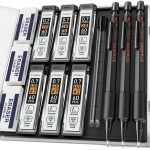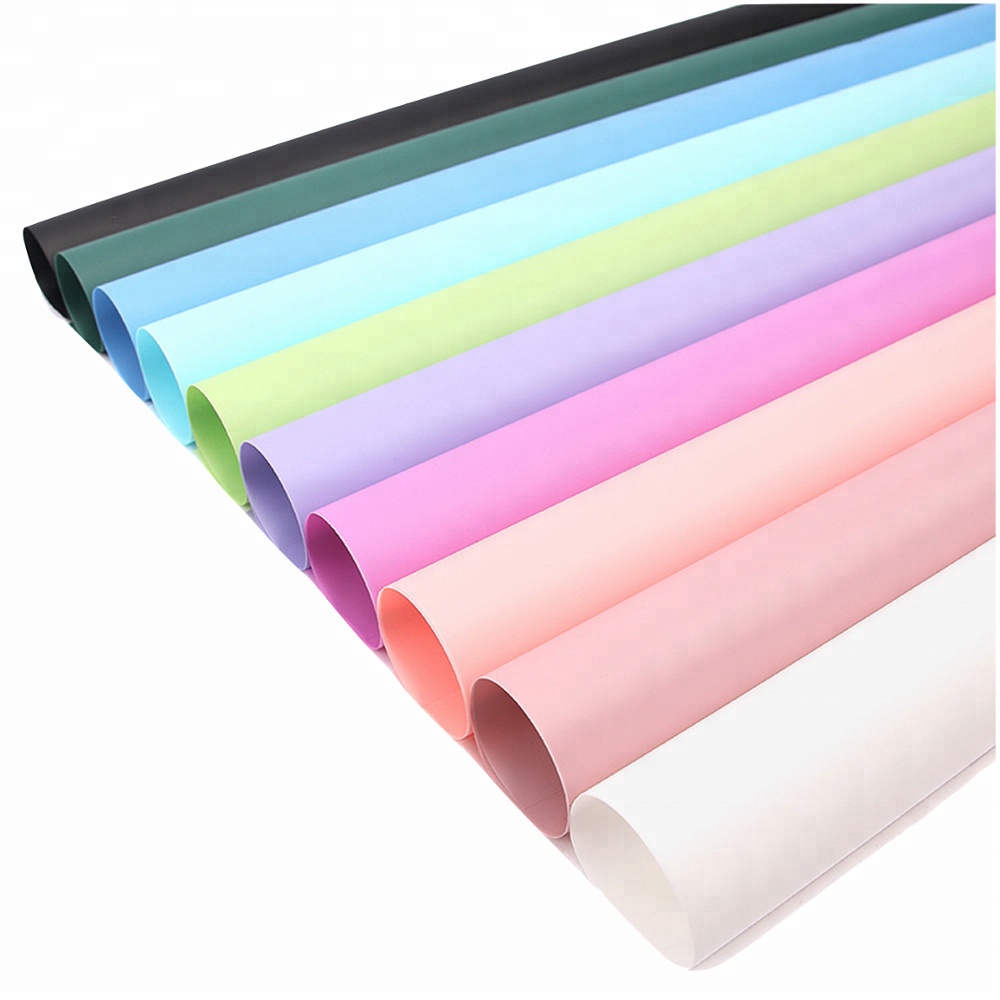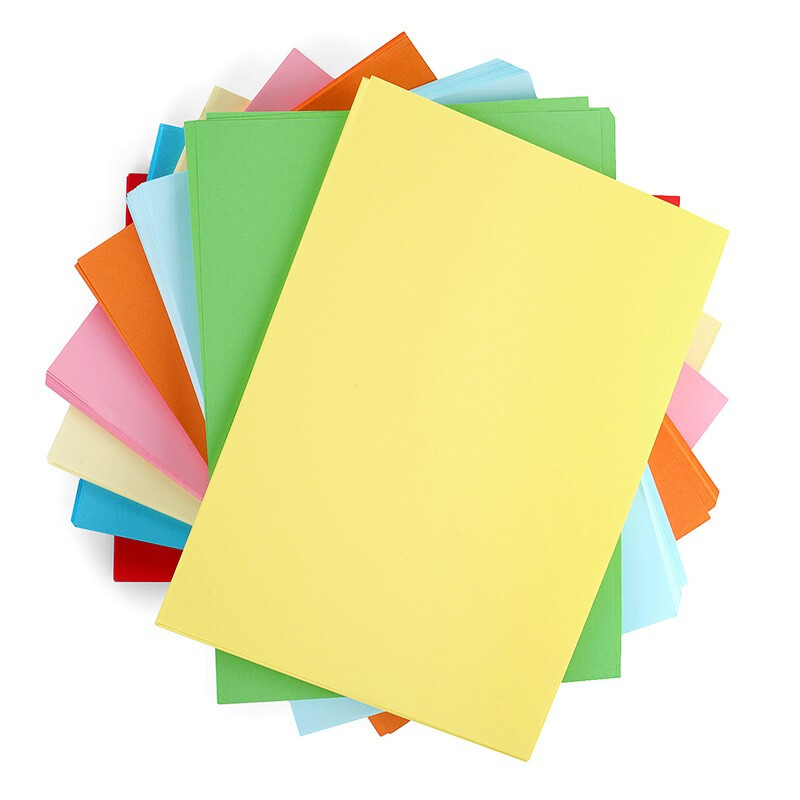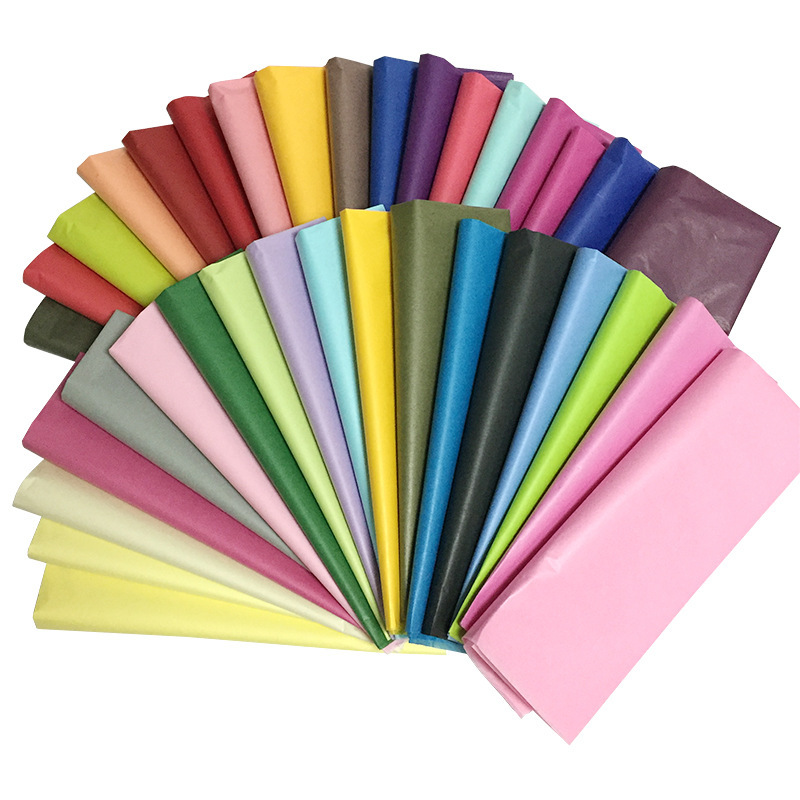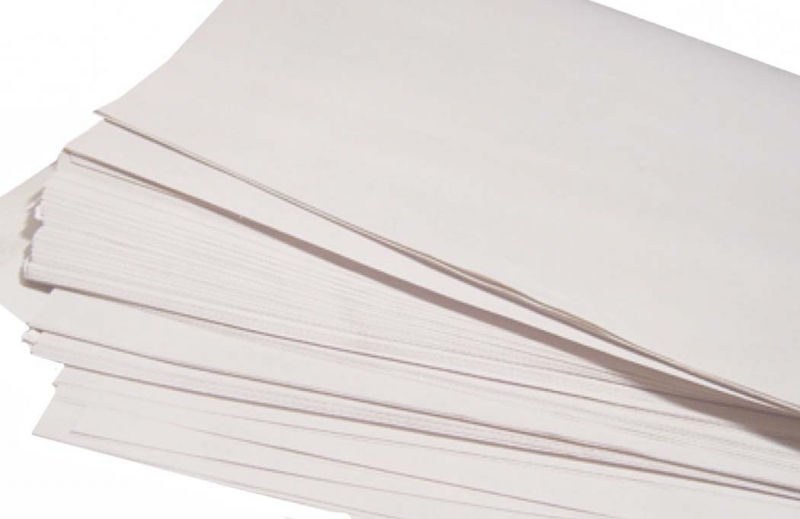Printer paper weight is a crucial factor that influences print quality, durability, and compatibility with printing devices. The weight of printer paper refers to its thickness and density, which are measured using different systems of measurement depending on the region.
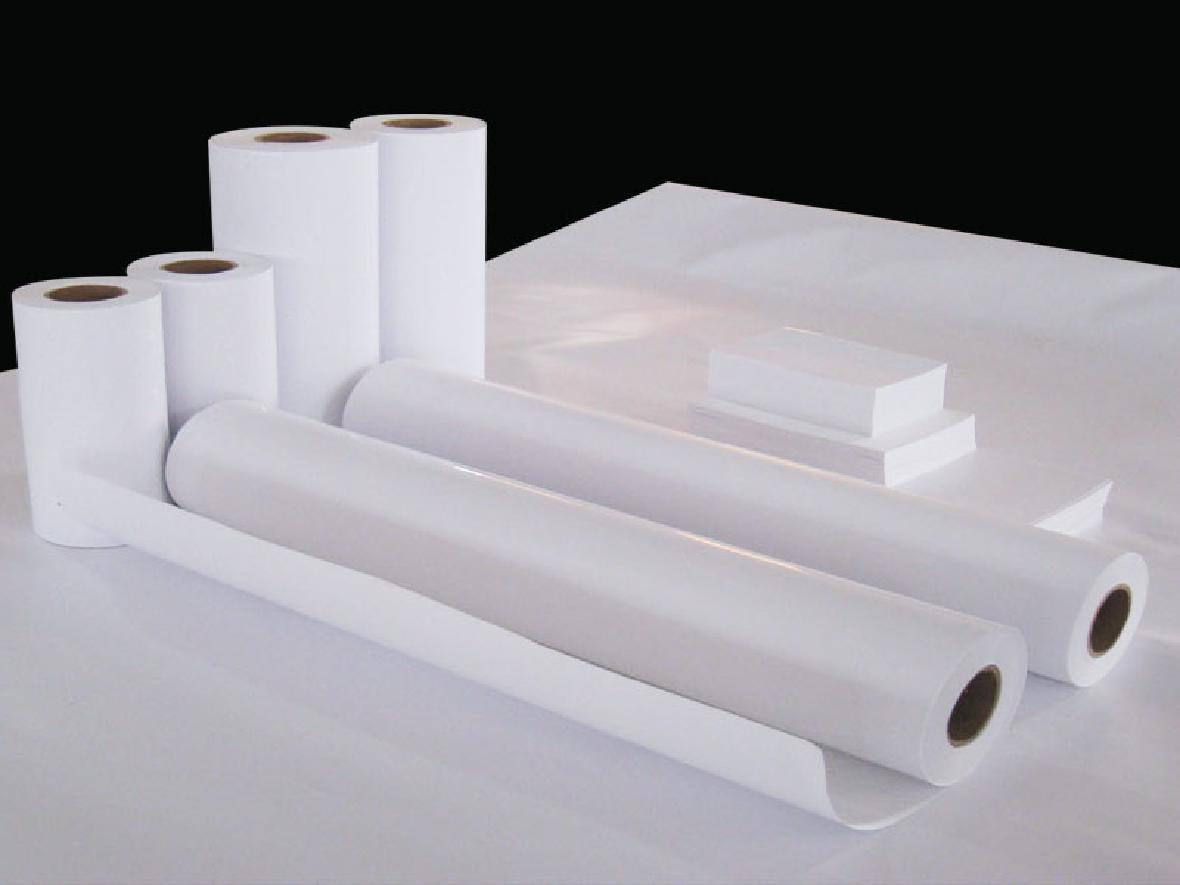
1. Measurement of Printer Paper Weight
Printer paper weight is typically measured using two primary systems of measurement: basis weight and grams per square meter (gsm).
- Basis Weight: In the United States and countries following the American system, printer paper weight is expressed in pounds (lb) and refers to the weight of a ream (500 sheets) of paper in pounds. For example, 20 lb paper means that a ream of that paper weighs 20 pounds.
- Grams per Square Meter (gsm): In most other parts of the world, including Europe and Asia, printer paper weight is measured in grams per square meter (gsm). This system specifies the weight of a single square meter of printer paper. For instance, 80 gsm paper indicates that one square meter of that paper weighs 80 grams.
2. Importance of Printer Paper Weight
The weight of printer paper is a critical determinant of its thickness, stiffness, and opacity, all of which contribute to print quality and performance. Understanding the importance of paper weight is essential for selecting the appropriate paper for specific printing applications. Here’s why paper weight matters:
- Print Quality: Heavier paper typically produces better print quality with reduced show-through, where ink from one side of the paper is visible on the other side. Thicker paper also enhances color vibrancy and text sharpness.
- Durability: Paper weight influences the durability and resilience of printed documents. Heavier paper is less prone to tearing, wrinkling, and damage during handling and storage, making it suitable for documents that require longevity.
- Compatibility: Printer paper weight can affect compatibility with different printing devices. Some printers may have specific recommendations or limitations regarding the thickness and weight of paper they can handle effectively.
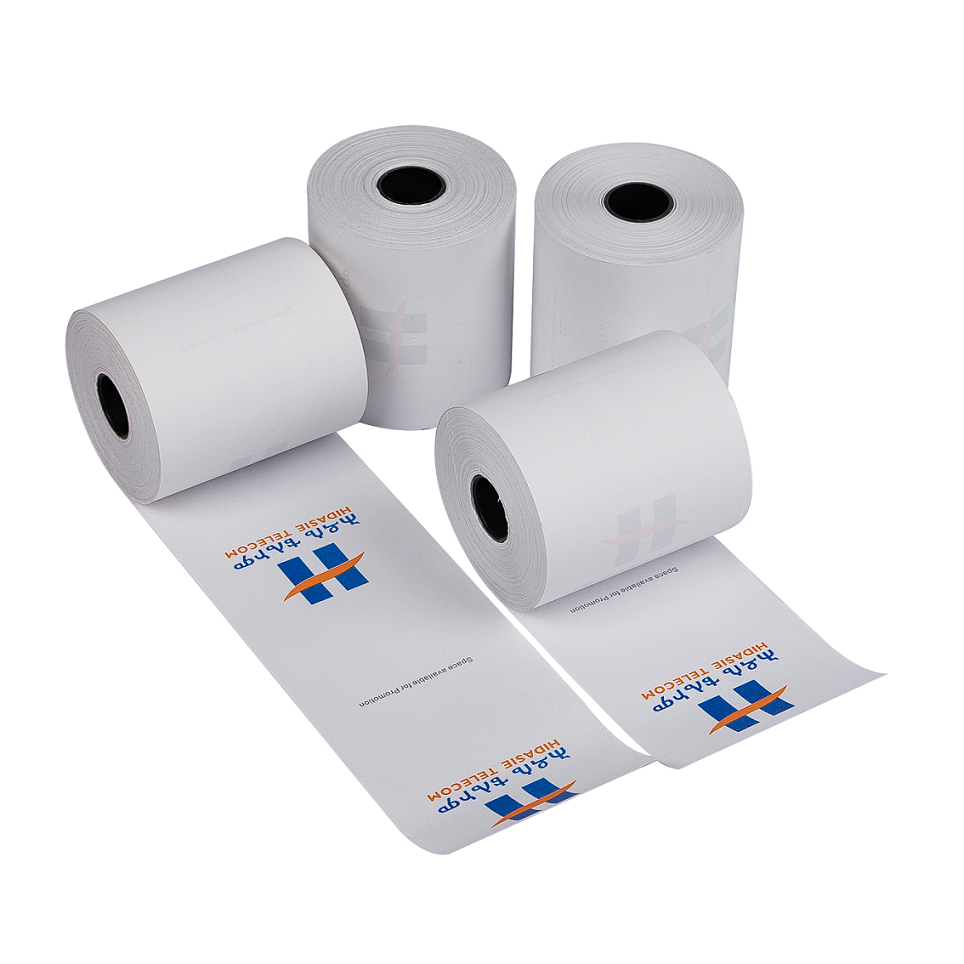
3. Implications of Different Paper Weights
The choice of printer paper weight has various implications for different printing applications and scenarios:
- Standard Weight Paper (20 lb/75 gsm): Standard weight paper is suitable for everyday printing tasks such as documents, emails, and drafts. It offers a balance of affordability and performance, making it the default choice for many general printing needs.
- Heavyweight Paper (24 lb/90 gsm and above): Heavyweight paper provides enhanced durability and print quality, making it ideal for professional documents, presentations, and marketing materials. It conveys a sense of quality and professionalism, particularly for documents intended for external distribution.
- Lightweight Paper (16 lb/60 gsm and below): Lightweight paper is thinner and more economical, making it suitable for high-volume printing, internal memos, and temporary documents. However, it may be prone to show-through and may lack the durability of heavier paper.

4. Factors Influencing Paper Weight Selection
When selecting printer paper weight, several factors should be considered:
- Printing Device Compatibility: Ensure that the chosen paper weight is compatible with your printer or copier, as some devices may have limitations on the thickness and weight of paper they can accommodate.
- Printing Application: Consider the intended use of the printed documents. For professional presentations or marketing materials, opt for heavier paper weights to convey quality and professionalism.
- Budgetary Constraints: Balance the desired paper quality with budgetary constraints, as heavier paper typically comes at a higher cost than standard or lightweight options.
What types of printer paper are there?
Printer paper is available in various types, each designed to meet specific printing needs and preferences. From standard multipurpose paper to specialty options tailored for photo printing or professional documents, the range of choices can seem overwhelming.
1. Standard Multipurpose Paper
Standard multipurpose paper, also known as copy paper or bond paper, is the most commonly used type of printer paper. It is typically affordable, versatile, and suitable for a wide range of printing tasks. Here are some key features:
- Weight: Standard multipurpose paper is often available in weights ranging from 20 to 24 pounds (lb) in the United States or 75 to 90 grams per square meter (gsm) in other regions.
- Brightness: It usually has a brightness level of around 92 to 96, which enhances the contrast and readability of printed text and graphics.
- Opacity: Good opacity prevents show-through, ensuring that printed content on one side of the paper does not bleed through to the other side.
- Applications: Standard multipurpose paper is suitable for everyday printing tasks such as documents, reports, emails, and drafts.
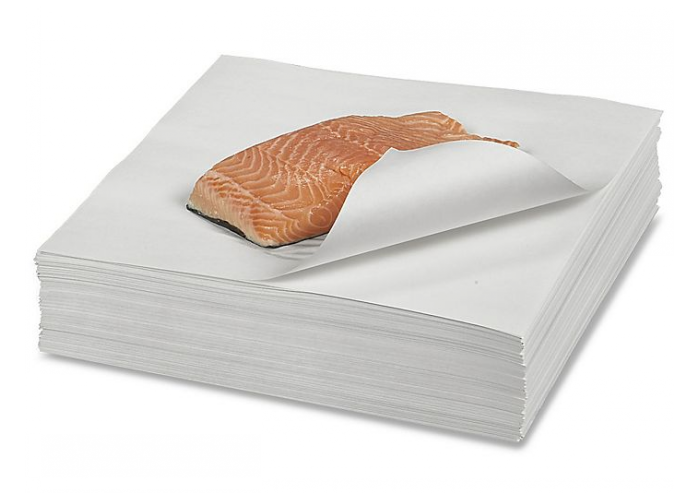
2. Inkjet Paper
Inkjet paper is specially designed for use with inkjet printers, which use liquid ink to produce high-quality prints. This type of paper is engineered to absorb ink efficiently and deliver vibrant colors and sharp text. Here are its main characteristics:
- Coating: Inkjet paper may have a coating that helps ink to dry quickly and prevents smudging or smearing.
- Weight: It is available in various weights, including 24 lb, 32 lb, and heavier options, depending on the desired print quality and application.
- Finish: Inkjet paper comes in different finishes such as matte, glossy, or satin, catering to different aesthetic preferences and printing needs.
- Applications: Inkjet paper is ideal for printing photos, graphics, presentations, and other high-quality documents that require vivid colors and crisp details.
3. Laser Paper
Laser paper is specifically engineered for laser printers, which use toner cartridges to produce prints by applying toner powder onto the paper and then fusing it with heat.
- Smoothness: Laser paper has a smooth surface that facilitates toner adhesion and ensures precise text and graphics reproduction.
- Weight: It is available in various weights, typically ranging from 24 lb to 32 lb, with heavier options for superior durability and professional results.
- Brightness: Laser paper is often high-brightness to enhance contrast and clarity, making it suitable for text-heavy documents and presentations.
- Applications: Laser paper is commonly used for printing business documents, reports, brochures, flyers, and marketing materials.
4. Photo Paper
Photo paper is designed specifically for printing photographs with inkjet printers, providing excellent color reproduction, sharpness, and durability. It comes in different finishes and coatings to achieve various aesthetic effects and levels of protection. Here are its key characteristics:
- Finish: Photo paper is available in glossy, matte, satin, and pearl finishes, each offering different levels of sheen and texture.
- Weight: It comes in various weights, typically ranging from 60 lb to 300 gsm, with heavier options for more substantial prints and better longevity.
- Coating: Photo paper may have a microporous coating or resin coating that enhances ink absorption, color vibrancy, and resistance to fading and moisture.
- Applications: Photo paper is ideal for printing photographs, digital artwork, portfolios, greeting cards, and other visually impactful materials.
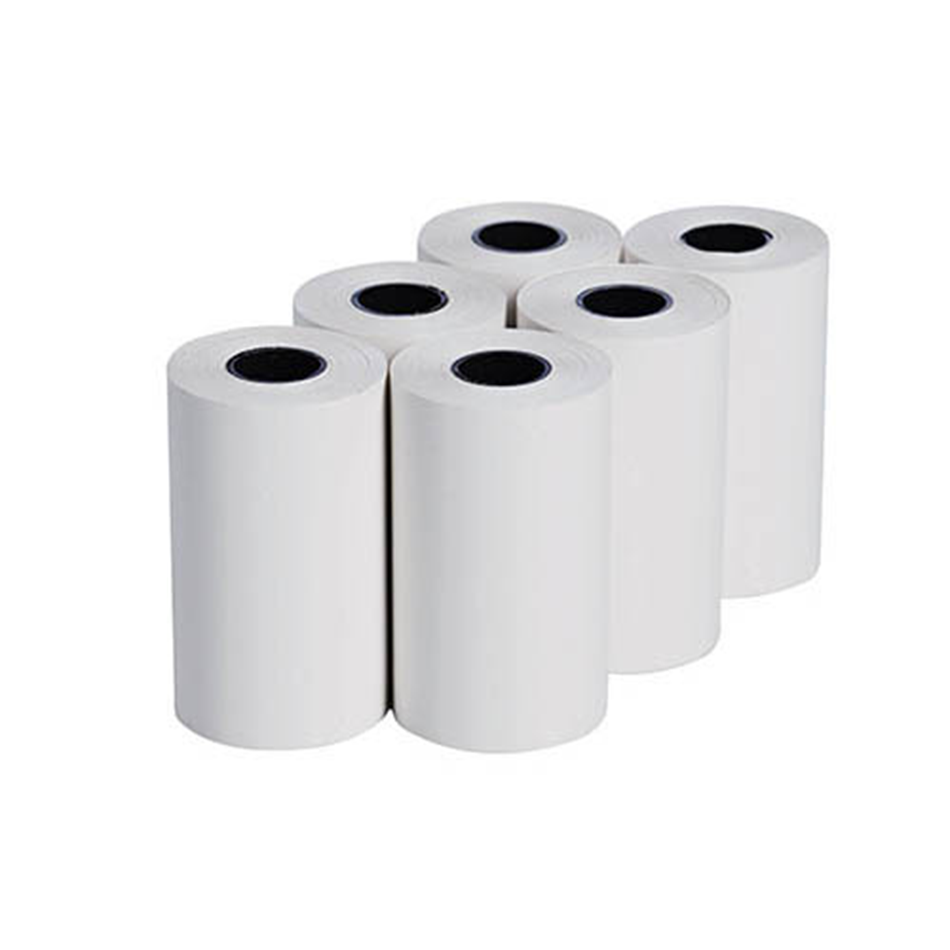
Conclusion
Printer paper weight plays a significant role in determining print quality, durability. And compatibility with printing devices. By understanding how paper weight is measured, its importance. And the implications of different weights on printing outcomes. Individuals and organizations can make informed decisions when selecting printer paper for various applications.




